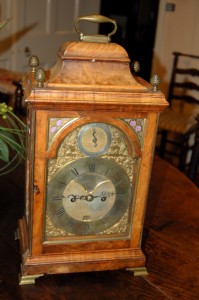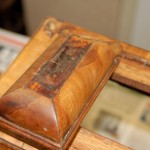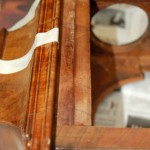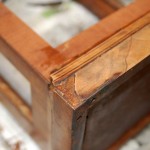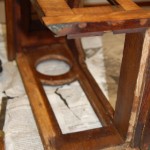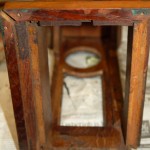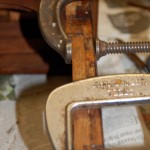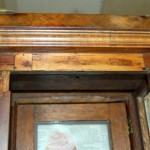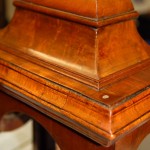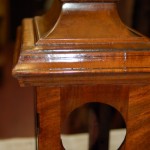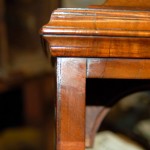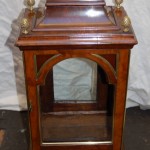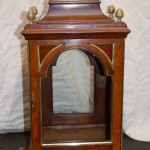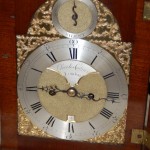The question should I buy new or old is normally a no brainer. Clearly for 95% of items buying new is clearly more attractive. The question in relation to clocks is somewhat different.
There are many many reasons why in this instance buying an antique clock from a recognized clock dealer is the correct decision.
Handmade or Machine Made Clocks
1) Clocks generally made prior to C1800 will be handmade. The quality of the movements is generally far better than there new equivalent.
2) Labour costs are increasing ever year and they are considerably more expensive than they were in the 17th and 18th centuries. Buying antique items with intrinsic labour costs built in is a good thing.
3) The skill base in clocks has dramatically decreased over the years. In the 17/18 th centuries etc London was the centre of clockmaking and every little village had its own clockmaker. Today the clockmaking industry is a shadow of its former self.
4) The cabinets are generally far better looking on an antique clock. Veneers on 18th century clocks are clearly hand cut and the finest slow grown timbers are used. Furniture veneers today are generally chisel cut on machines to less than a millimeter thick. Also the finish of antique cabinets has improved with age. The sun and years of waxing gives them a softer more mellow finish. Modern furniture has generally little or no character and usually has a sticky french polish open grain finish.
5) Investment is another key factor and plays a big part in decision making. Although many people keep their antique clocks and hand them down their family trees to the children. (Antique clocks are a great way of reducing capital gains and inheritance tax bills.) For those people that should a rainy day come and they require funds urgently, genuine antique clocks normally increase in value, assuming you keep them in a good condition. Generally modern clocks lose value and depreciate.
Conclusion
The 5 reasons stated above are just a few advantages to buying antique clocks, there is nothing better than owning your little piece of history and a lovely antique clock. Antique clocks have stood the test of time, and with everyone today focusing on green issues, what could be more green. 100% recycled ! Our London shop Pendulum of Mayfair provides an excellent selection to choose from.
Many people will point out that the disadvantage that they are more expensive, this may be true in some instances but you will more than make this up if you come to sell. The increase in value over time of antique clocks has been documented in many books. Don’t delay buy an antique clock today !


